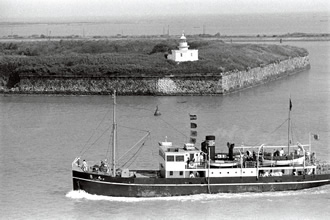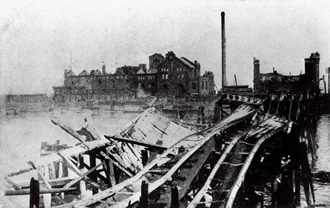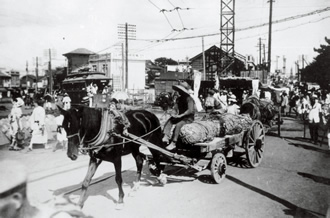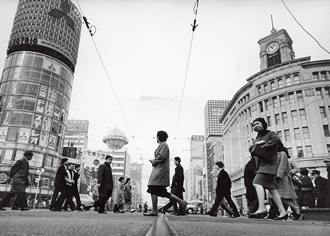niponica is a web magazine that introduces modern Japan to people all over the world.
2017 No.22
Tokyo, a 400-Year Narrative

Tokyo: Dynamic Urban Regeneration
お台場 Odaiba
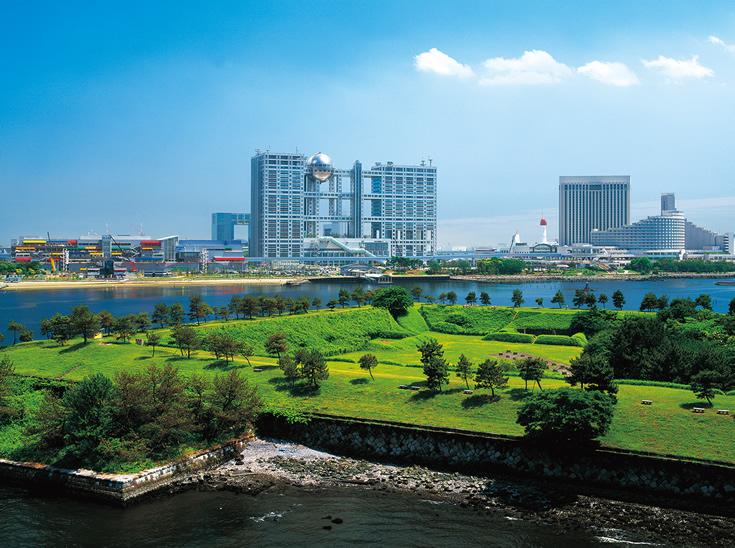
Around the end of the Edo period (19th century), Japan ended its policy of seclusion after pressure from a number of Western countries. The defensive military base constructed at the time was an island fort armed with cannon that still stands in Tokyo Bay. The offshore area is now reclaimed land home to TV stations, retail buildings and more.
(Old photo, taken in 1955: The Mainichi Newspapers; New photo: amanaimages)
浅草 Asakusa
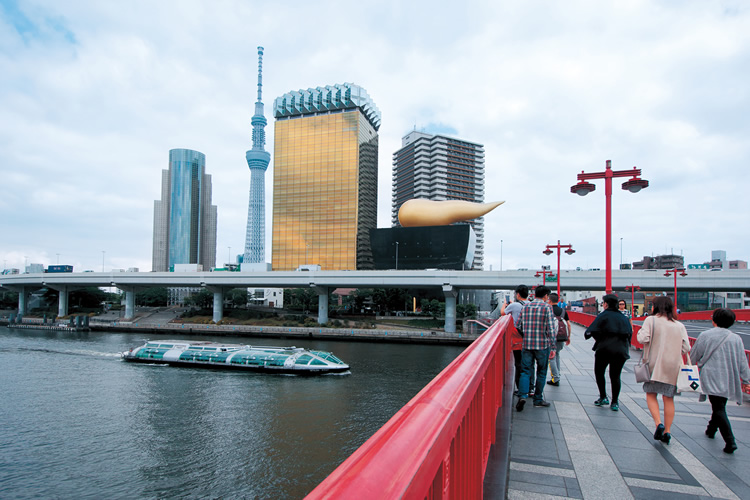
Four hundred years ago, the Asakusa entertainment district for city folk flourished along the banks of the Sumida River as a magnet for visitors to Senso-ji Temple. The Great Kanto Earthquake that struck in 1923 and World War II caused catastrophic damage to the area, but Asakusa recovered remarkably well. In 2012 the Tokyo Skytree tower was erected on the far side of the Sumida River, and today both sides of the river attract a growing number of sightseers out for a good time. People still use Azuma Bridge to cross the Sumida River.
(Old photo, taken in 1923, Azuma Bridge collapsed in the earthquake that year: The Mainichi Newspapers; New photo: Natori Kazuhisa)
新宿 Shinjuku
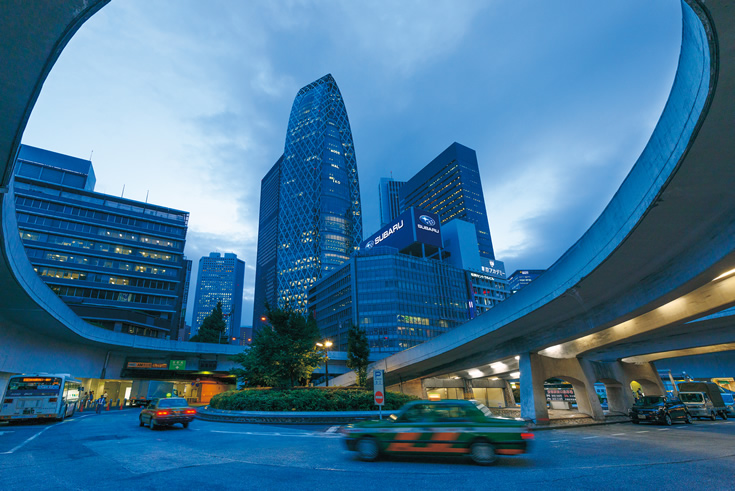
More people pass through Shinjuku Station each day than through any other train station in Japan. The old photograph was taken in front of the station in the early 19th century. Near the west entrance to the station, where horse-drawn wagons and streetcars once passed, now stand the offices of the Tokyo Metropolitan Government, which relocated there in 1991, making Shinjuku the capital’s administrative center.
(Old photo, taken in 1923: Shinjuku Historical Museum; New photo: amanaimages)
銀座 Ginza
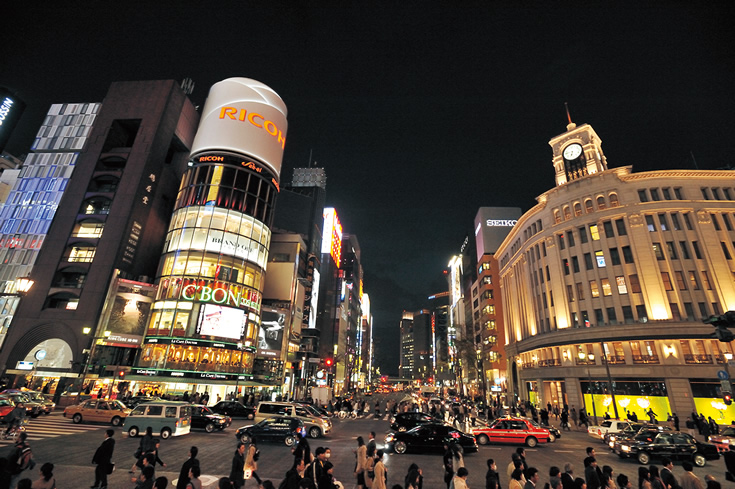
During the 17th century, Ginza was the location for the mint that made silver coins (gin means silver). After the 20th century, the Ginza district became the most prestigious shopping area in Tokyo, with department stores lining the streets and well-established retail outlets and shops selling luxury goods. In the late 20th century, world-famous brands opened stores in the area, elevating Ginza from Japan’s premier shopping destination to the world’s foremost shopping experience. New retail buildings have opened their doors one after the other over the last few years.
(Old photo, taken around 1962: Chuo City Kyobashi Library; New photo: Aflo)






